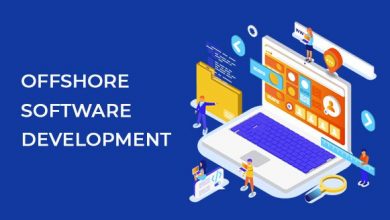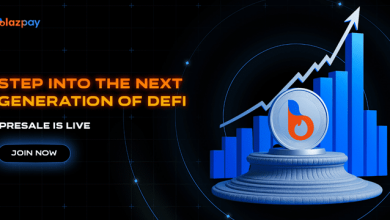Rise Of The Machines: Market-Neutral Hedge Funds Turn to AI to Gain an Edge

Over the past two decades, the hedge fund industry has changed more than most people realize. What used to be a business defined by bold bets and big personalities has become a machine, says Gregory Blotnick: a tightly run, risk-controlled, data-obsessed machine. At the center of this shift is the rise of market-neutral, multi-manager hedge funds. These are firms that don’t care which way the market is moving. Their only goal is to generate pure alpha—and they’ve built a complex, AI-fueled system to do it.
From High Flyers to Steady Eddies
In the early days, hedge funds were built to swing for the fences. Small, nimble managers could generate 20%+ annual returns by exploiting inefficiencies in undercovered parts of the market. Think Soros, Steinhardt, Robertson. But as the industry grew, those inefficiencies shrank. Then came the 2008 crisis, and everything changed.
Institutional investors still needed equity-like returns, but they couldn’t stomach equity-like volatility. Pension funds and endowments had liabilities growing at 7–8% a year, and fixed income was no longer doing the job. So hedge funds pivoted. The mandate became clear: generate 8–12% annual returns, but with as little volatility as possible. Wall Street, as always, followed the money.
That’s when market-neutral platforms, like Citadel, Millennium, Point72, and Balyasny, took over.
The Pod Model
These firms don’t run one portfolio. They run hundreds. Each team, or “pod”, gets a slice of capital, usually around $100 million, which is levered up 5–10x into a $500 million to $1 billion gross portfolio. The idea is simple: run a long book and a short book, perfectly balanced, and strip out all market exposure. What’s left is just stock picking skill, or at least that’s the theory.
The focus is almost entirely on short-term catalysts, mainly earnings reports. Most pods have a holding period measured in weeks, sometimes days. Everything is judged in real time, and the risk management is intense. If you’re down 5%, your capital is probably cut. Down 7%? You’re likely done.
Enter AI
To compete at that level, Blotnick says you need more than just a view. You need data, lots of it, and the tools to make sense of it. That’s where AI comes in. The biggest firms spend hundreds of millions a year on data feeds, modeling, and infrastructure. They track foot traffic using satellite imagery. They analyze weather patterns. They pay mall-walkers to count discounts in store windows. But the most powerful tool of all is credit card data.
With daily swipes from millions of consumers, hedge funds can estimate company sales in real time before management even opens their earnings calls. Some funds scrape inboxes for receipts. Others analyze web traffic, social sentiment, or SKU-level pricing data. And all of it gets fed into models that adjust positioning constantly.
It might sound like overkill. But when you’re targeting 1% a month and have no room for error, this is what it takes. The game is no longer about being right. It’s about being slightly more right than the guy across the table, for a short period of time.
Why You Shouldn’t Try to Copy It
Retail investors love to peek behind the curtain. But trying to mimic a market-neutral pod is a mistake. You don’t have the capital, the infrastructure, or the risk model to play that game. More importantly, you don’t need to.
What individual investors do have is time. Time to let businesses compound. Time to look beyond quarterly earnings. Time to own inefficiencies that these firms can’t touch because of their constraints.
In Part 2, we’ll look at how patient investors can take advantage of those blind spots. For more on Blotnick’s work, visit valiantlp.com.

Source: Rise Of The Machines: Market-Neutral Hedge Funds Turn to AI to Gain an Edge



